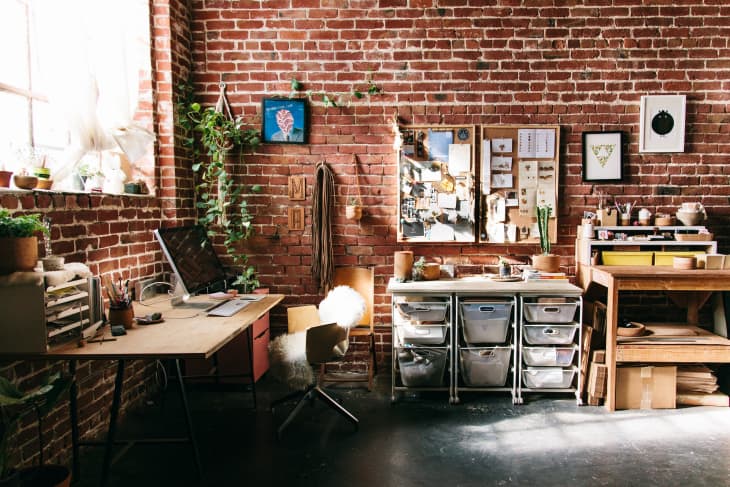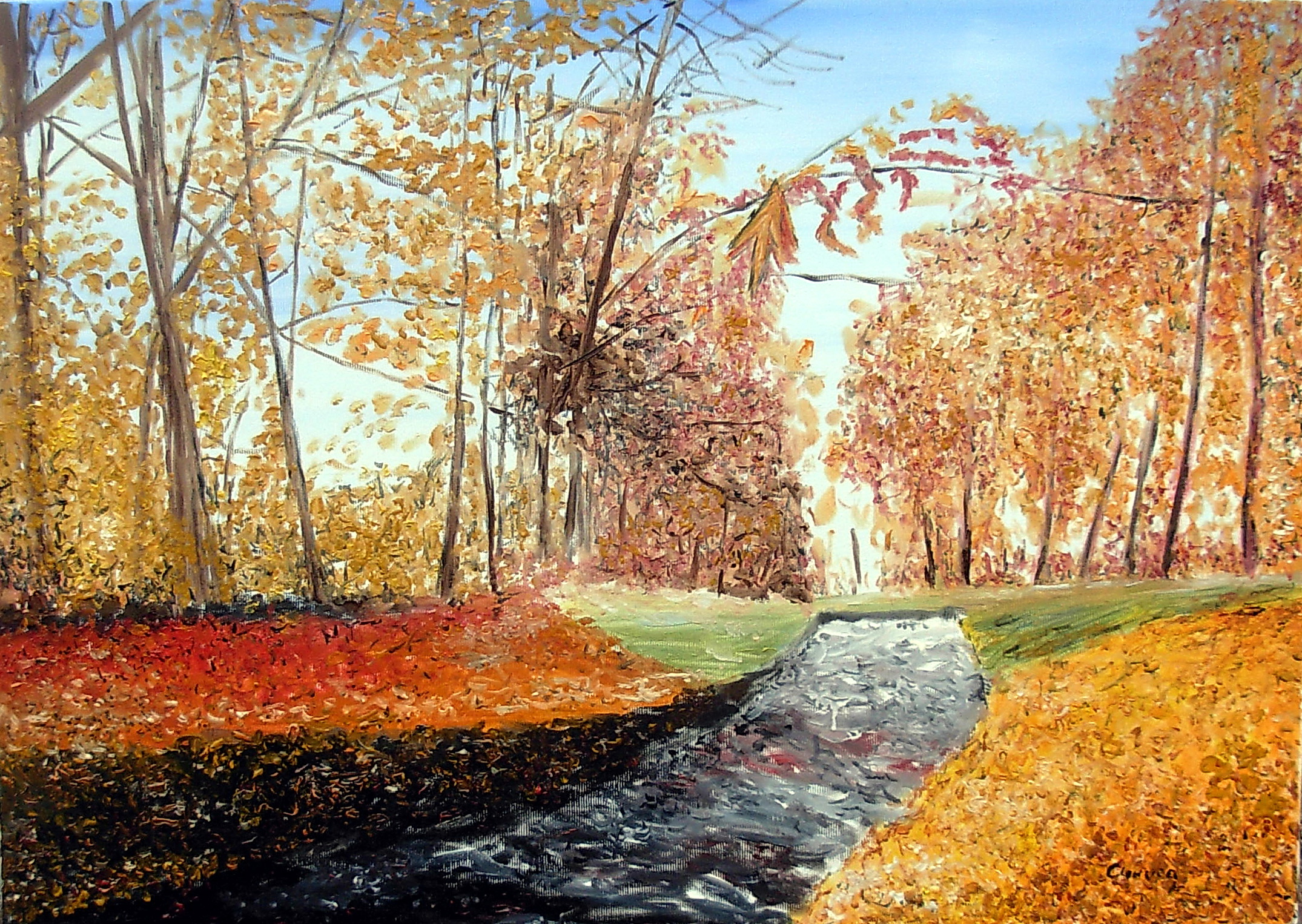Albert Serino, a visual artist with a career marked by his vibrant, nature-inspired work, understands that creativity flourishes not only from inspiration but also from discipline and routine. For many artists, the stereotype of waiting for the “right moment” to create can be limiting. Serino believes that establishing a consistent creative routine is crucial for growth, productivity, and success. In this article, he shares his thoughts on the importance of developing a structured artistic practice and offers practical advice for aspiring artists on building discipline into their creative process.

1. Creativity Needs Structure
While artistic expression is often seen as a free-flowing, spontaneous process, Serino emphasizes that structure and routine can actually enhance creativity. By setting aside regular time for art, artists can break through creative blocks and develop their skills more effectively.
“Creativity thrives when it has a framework,” says Serino. “If you wait for inspiration to strike, you may end up creating sporadically. By building a consistent routine, you give yourself the opportunity to create every day, and that leads to real growth.”
Serino advises artists to treat their practice like a job—show up every day, whether you feel inspired or not, and commit to the process of creating.
2. Set Small, Achievable Goals
One of Serino’s key pieces of advice for building a successful routine is to set small, achievable goals. Large projects can feel overwhelming, especially for emerging artists, but breaking them down into manageable tasks makes it easier to stay motivated and productive.
“Start small,” Serino recommends. “If you’re working on a big project, divide it into smaller steps, like sketching, color studies, or research. This way, you can track your progress and avoid feeling overwhelmed by the size of the final piece.”
Serino believes that consistent progress, even in small amounts, builds momentum and keeps artists moving forward, which is essential for long-term development.
3. Create a Dedicated Workspace
For Serino, having a dedicated workspace is a critical part of maintaining an artistic routine. Whether it’s a full studio or a small corner of a room, having a space where you can focus on your craft can make a significant difference in your productivity and mindset.
“Your workspace is your creative sanctuary,” Serino explains. “When you have a dedicated area for your art, you can leave behind distractions and focus entirely on the creative process. It doesn’t need to be large or fancy, but it should be a space that feels inspiring and allows you to concentrate.”
He encourages artists to organize their materials and keep their workspace ready for action, making it easier to start working without unnecessary setup time.
4. Embrace the Grind—Even When It’s Hard
Albert Serino is a firm believer in the idea that art is not always easy, and there will be days when creating feels like a grind. On those days, it’s crucial to show up and push through, even when the work feels difficult or uninspired.
“Not every day is going to be a creative breakthrough,” says Serino. “Some days, you’ll feel like you’re not making progress, but those are the days when discipline matters the most. It’s about showing up and doing the work, even when it’s hard.”
Serino encourages artists to keep working through creative blocks, noting that sometimes the most important breakthroughs come after periods of frustration or difficulty.
5. Establish Healthy Boundaries with Technology
In today’s digital age, technology can be both a tool and a distraction for artists. While social media and the internet can provide inspiration and opportunities for networking, they can also lead to procrastination and a lack of focus. Serino advises artists to establish healthy boundaries with technology to ensure it enhances, rather than detracts from, their creative process.
“It’s easy to get caught up in scrolling through social media or getting lost in endless research online,” Serino observes. “Set limits on your screen time, especially during your creative sessions. Technology should support your work, not take you away from it.”
He suggests scheduling specific times to engage with social media or conduct research, allowing for focused periods of creativity without digital distractions.
6. Develop a Ritual to Transition into Creative Mode
To help transition from everyday life into the creative mindset, Serino recommends developing a ritual or routine that signals it’s time to work. This can be as simple as making a cup of tea, listening to a favorite playlist, or organizing materials before diving into a project.
“Having a ritual helps shift your mindset from everyday tasks to the creative process,” the talented artist explains. “It signals to your brain that it’s time to focus on your art, and it can make it easier to get into the flow.”
By establishing a pre-creative ritual, artists can create a mental shift that prepares them to focus and work more effectively.
7. Celebrate Your Achievements
While discipline and routine are crucial, Serino also believes it’s important for artists to acknowledge their achievements and progress. Whether completing a project or hitting a small milestone, celebrating these moments can provide motivation and remind artists of their growth.
“Take time to reflect on what you’ve accomplished,” Serino advises. “Sometimes we get so focused on what’s next that we forget to appreciate how far we’ve come. Recognizing your progress is essential for staying motivated and inspired.”
Serino encourages artists to keep track of their accomplishments, whether through a journal or simply by taking a moment to appreciate a finished piece.
Conclusion: Routine as a Path to Creative Freedom
Albert Serino’s advice on artistic routine and discipline offers a refreshing perspective on the creative process. While many view art as purely spontaneous, Serino believes that routine and discipline provide the structure artists need to consistently create, improve, and thrive. By setting small goals, establishing a dedicated workspace, embracing the grind, and creating healthy boundaries with technology, artists can build a practice that fosters both productivity and creativity.
“Discipline doesn’t limit creativity,” concludes Serino. “It enhances it. By committing to a routine and showing up every day, you create the foundation for your best work. Art is a long-term journey, and consistency is what will carry you forward.”

